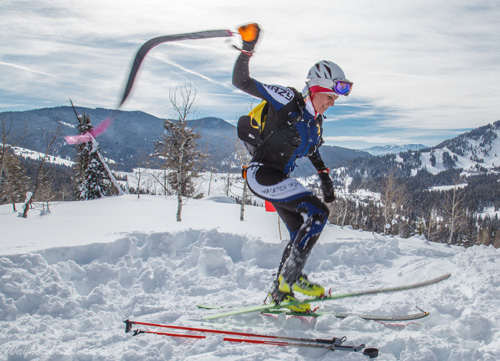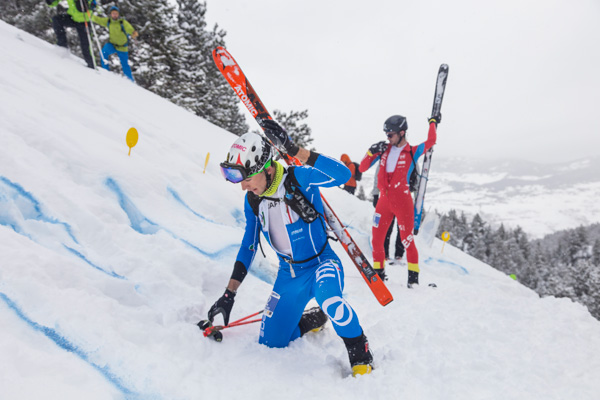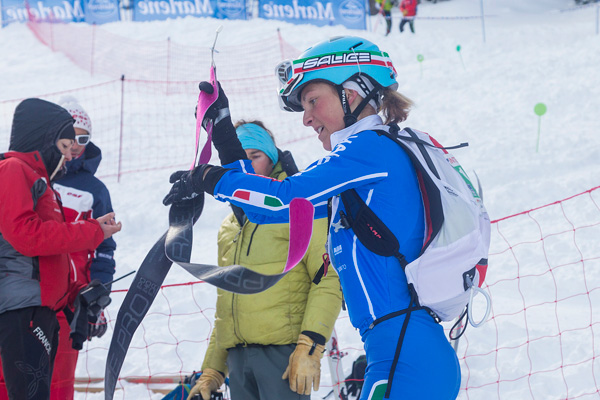It’s appealing to follow the top athletes in our sport as many post all of their training on social media like Strava. It can be also incredibly tempting to try to mimic what Kilian Jornet or other skimo stars are doing but it would be at a very high risk of failure, injury, or burnout.
While a few select athletes might be able to match the training of the pros, the vast majority of us have jobs, families, and other activities that occupy the portion of our life that pros dedicate to training and more importantly to recovery.
Aside from having the time and resources available to train and recover, it’s important to remember the training base that a professional athlete has to support their current training load. Training is cumulative, especially if volume is maintained consistently.
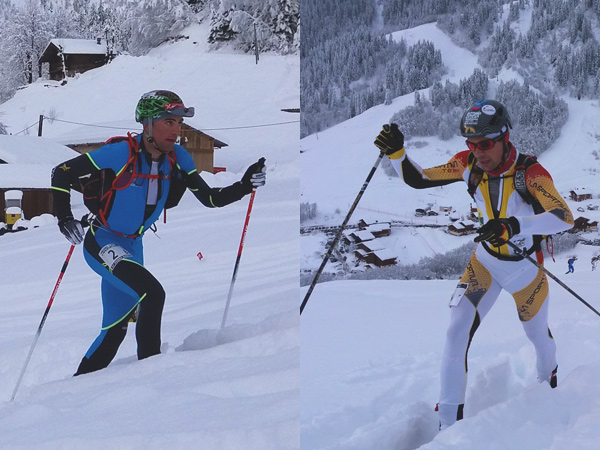
The training bank needs to be maintained both on a long-term scale (many years of training) and on a smaller scale within the training year (maintaining consistency and using sound periodization throughout the year).
Long-term Progression
I’ve found a concept developed by the Canadian Cross Country Ski Federation for their long-term athlete development program to be very useful. During their development, athletes go through stages, one of which is “training-to-train”. This is the process of building a large training bank and is followed several years later by the stage “training-to-compete” where the athlete is focused primarily on training to be as fast as possible.
Ultra-running athletes often find that the volume and intensity of training required to merely complete their first ultra-marathon is considerably more than that needed to complete successive races and also find the recovery period post-race to gradually decrease. This is a good example of transitioning from training-to-train to training-to-compete on a multi-season scale.
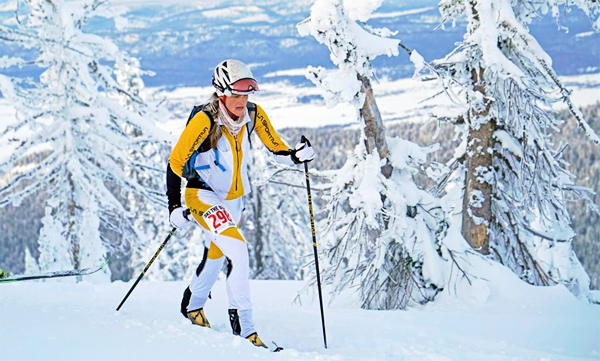
Early Season and How to “train to train”?
Hopefully you’ve been building your training volume through the summer so that by the time fall comes around, you are at a good amount that you don’t need to build too much the rest of the year. It can however be a good time to put in a few final big volume building periods to get up to the level you’re expecting. It’s also a good time to start to focus on skimo specific type training – prioritize uphill training and consider adding roller skiing!
Finally, this is the time to add the interval sessions that will enable you to do even harder intervals in the training to compete period. Focus on longer tempo efforts in the 10-30 minute range with a few short threshold sessions.
Winter Season and How to “train to compete”?
This period is no longer about building volume. Instead focus on adding longer intensity workouts at threshold pace and above. Training should be 100% sport specific and carried out on skis as much as possible. Strength training should be focused on max strength tolerance for downhill skiing.
Training Smarter
Train smarter, not harder. Plan your training progression and give yourself time to train-to-train and then train-to-compete. You will not only be better prepared but also be less likely to experience an injury or setback.
Remember that the pros have also had a lifetime of training-to-train and that matching their training plans is not advisable.


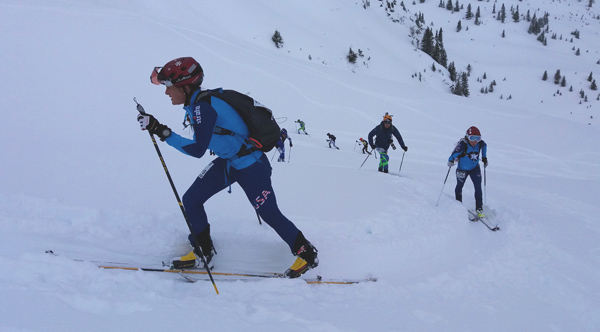
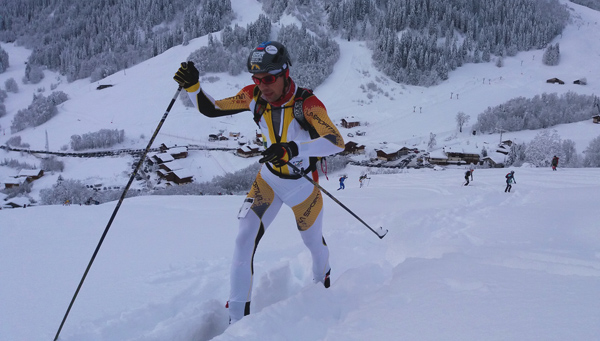
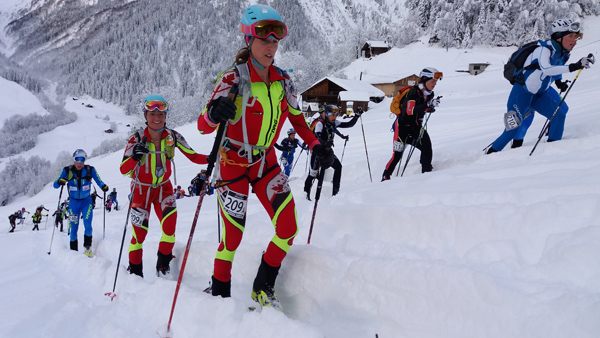
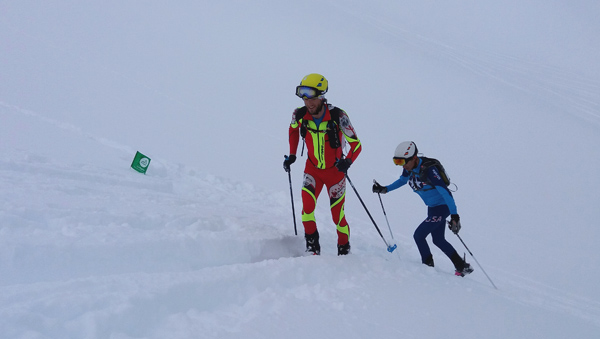
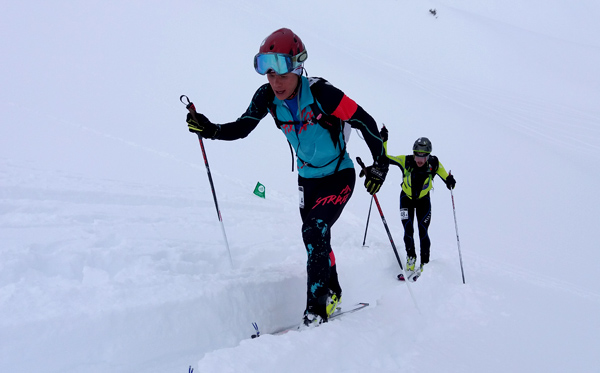
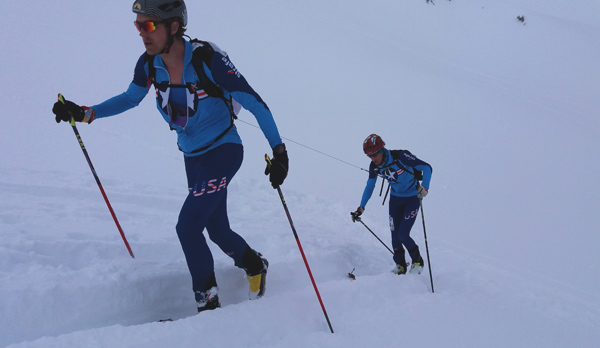
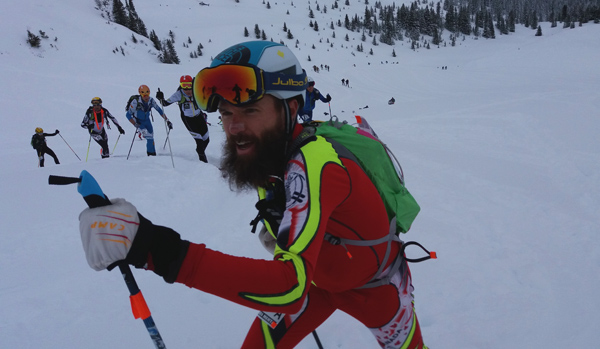

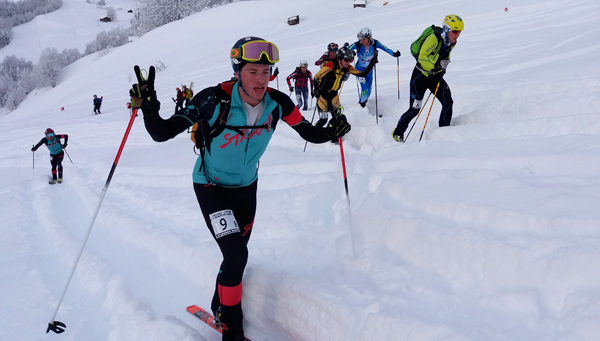
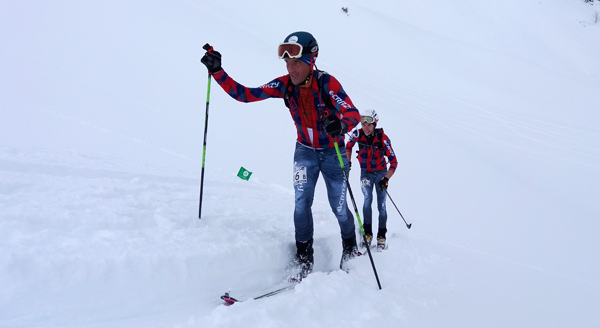
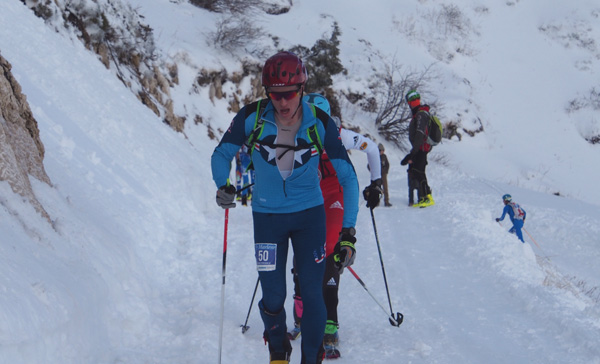
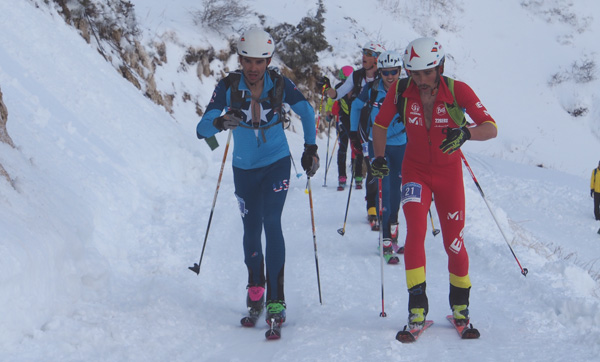
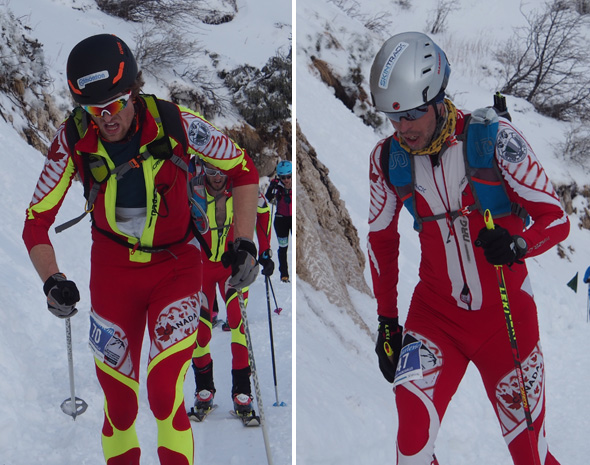
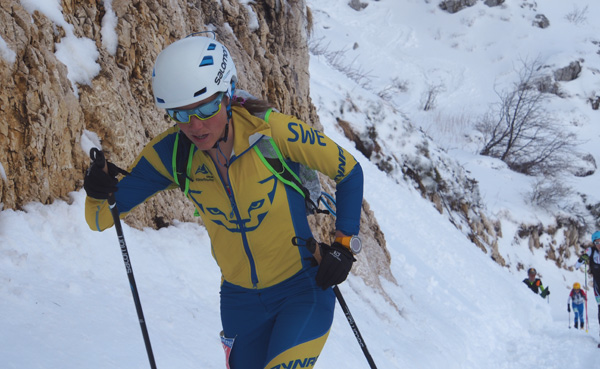
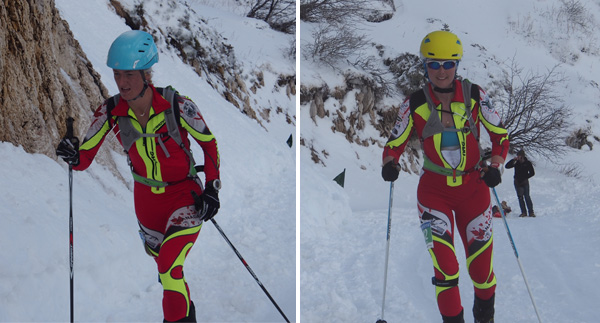
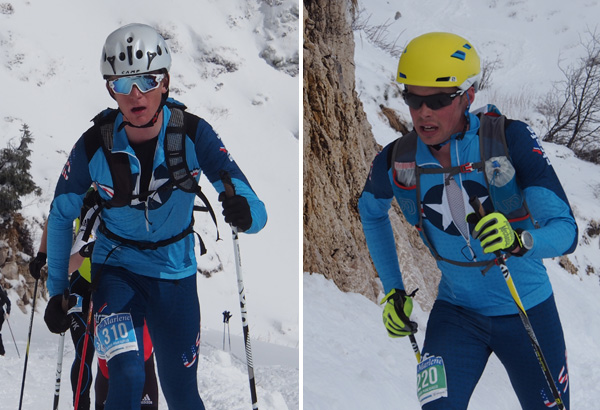
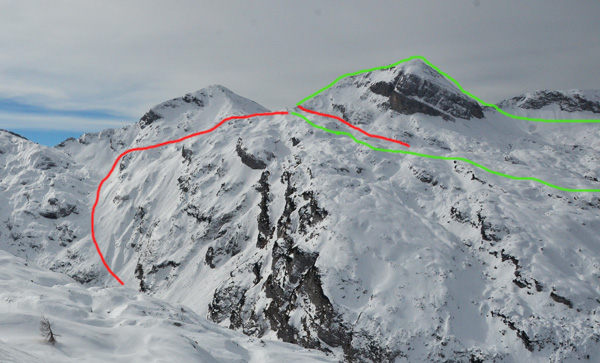
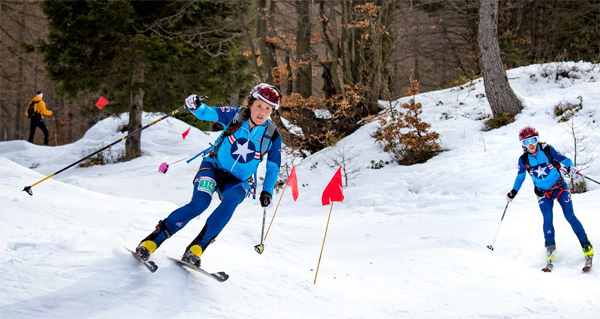
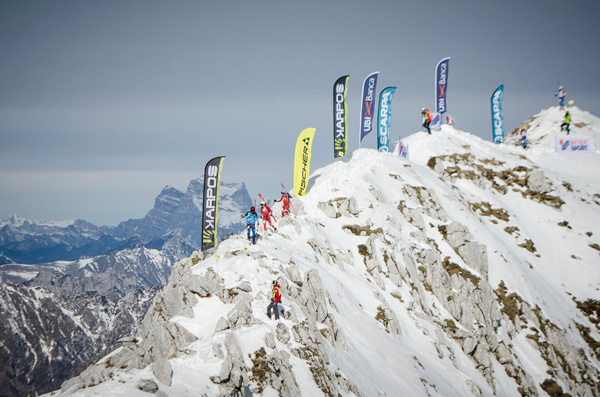
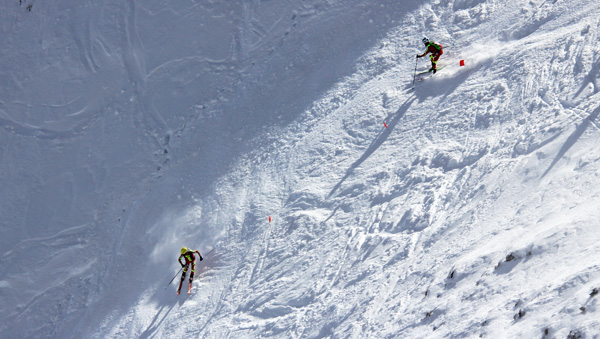
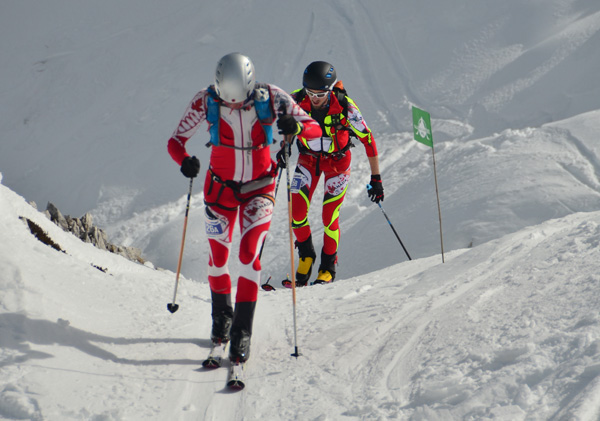
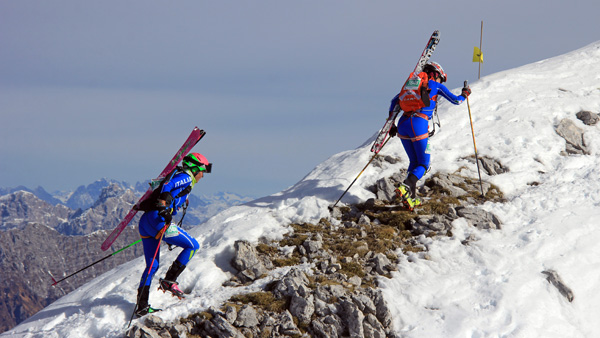
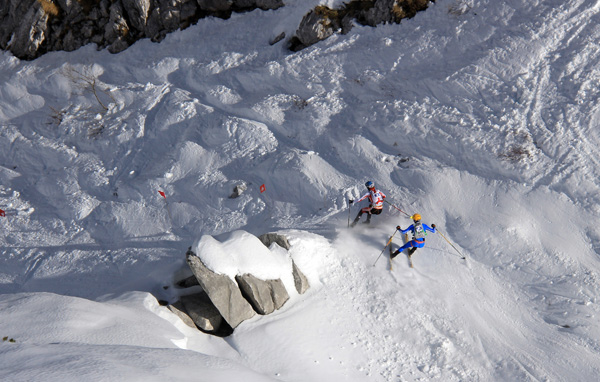
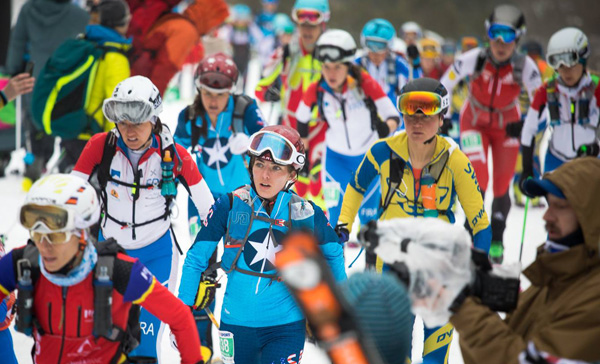
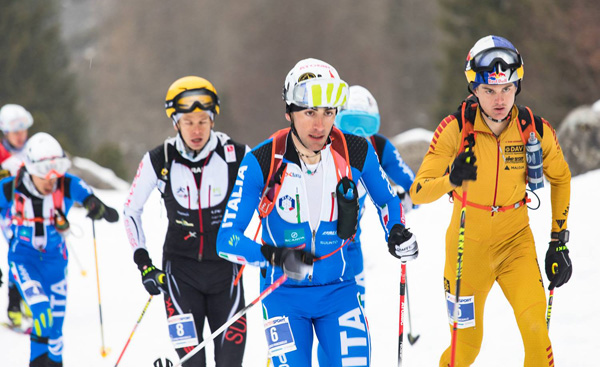
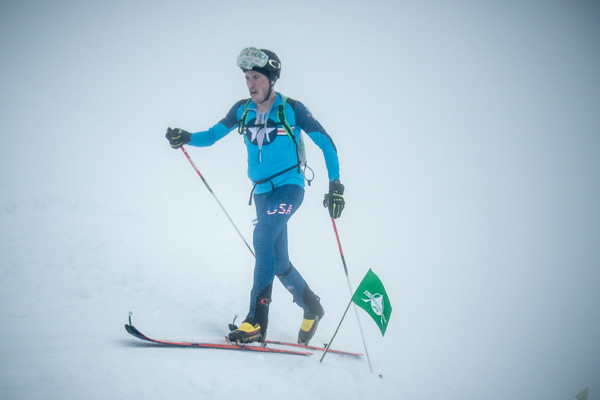
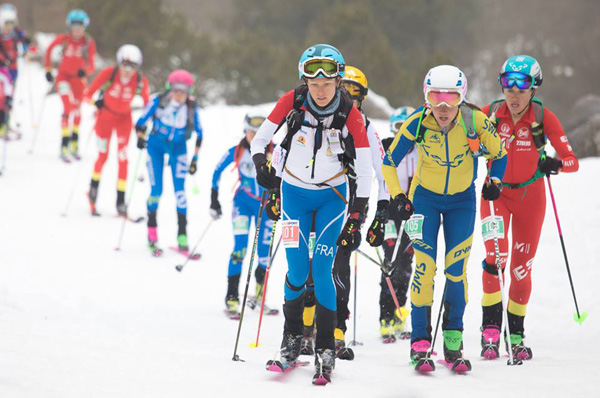
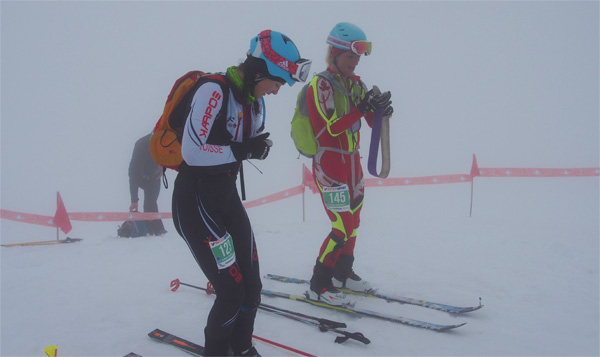
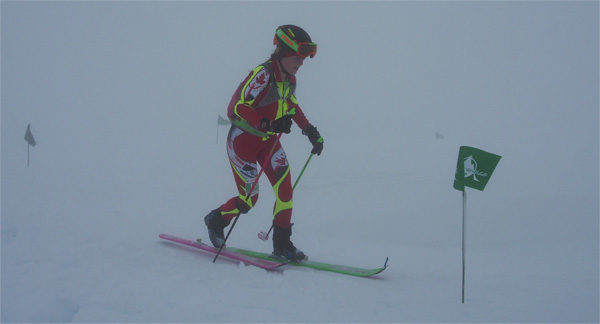
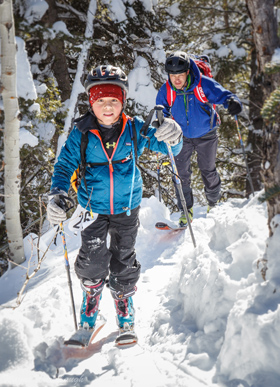 CROWBAR – Utah – Jan 28
CROWBAR – Utah – Jan 28